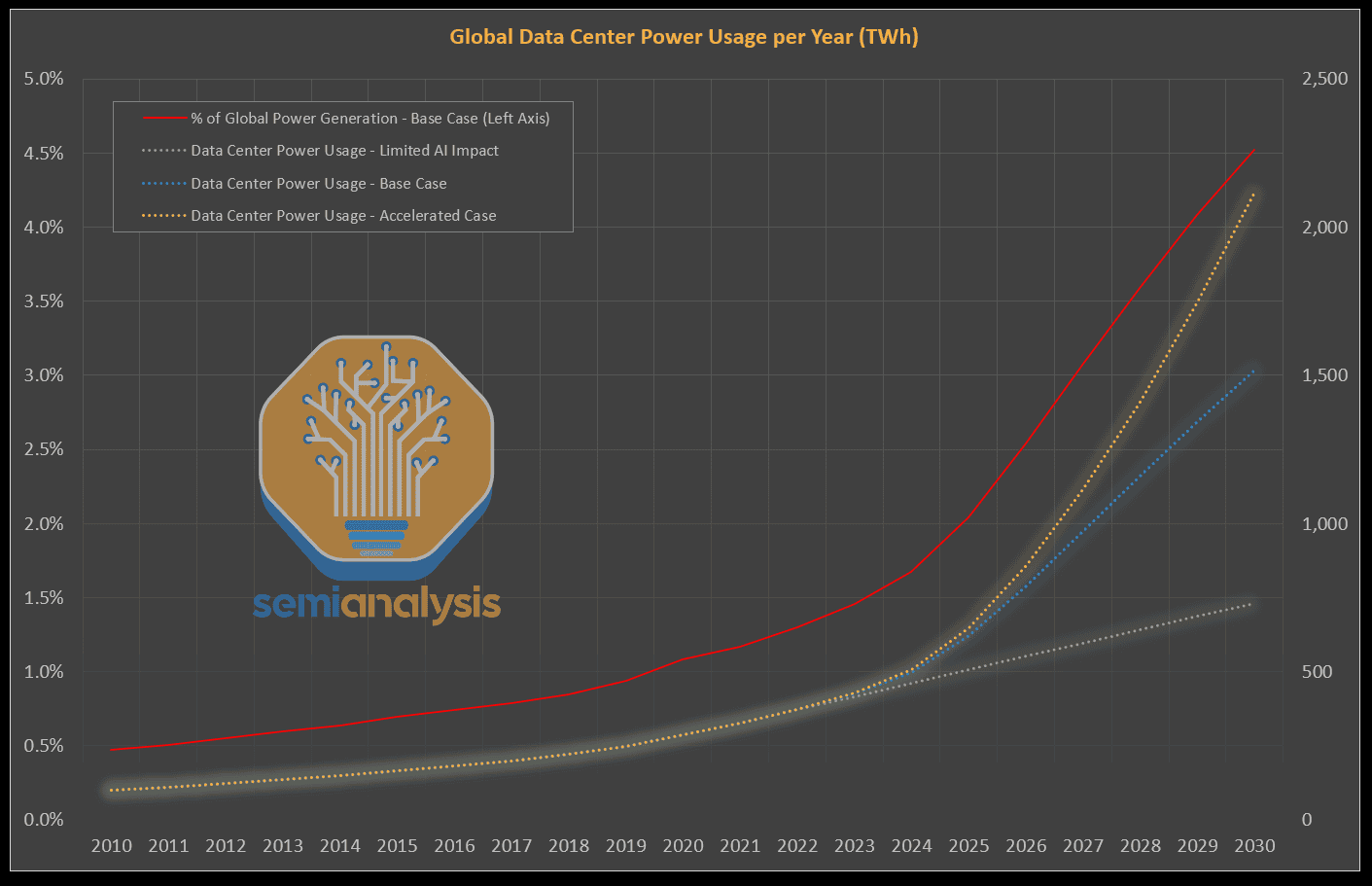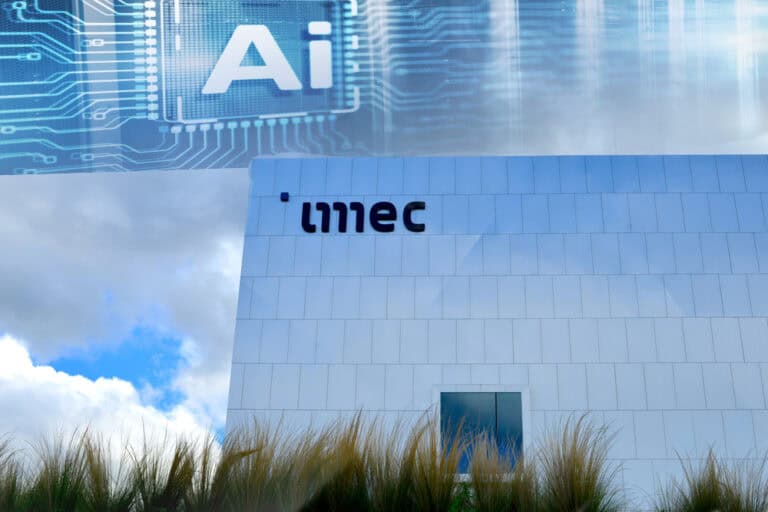In its 40 years of existence, the Belgian imec has not been able to make a strong impression on the general public. Its activities are unknown to many people, even in Belgium. Within the chip industry, however, it has already gained fame and has been an important and longstanding partner for many companies, including AMD and ASML.
Imec, a nanoelectronics and digital technology research center, will celebrate its fortieth anniversary in 2024. The ITF World 2024 event will show why imec is a respected and indispensable partner within the chip industry.
Complex technology for everyday devices
Imec is a research center dedicated to conducting cutting-edge research for the chip industry. It develops new technologies and concepts that chip developers and companies can use to bring the best chips into mass production. In imec’s clean rooms, ideas are tested on a small scale before being scaled up to large-scale production. The testing capacity will face considerable expansion and renewal in the coming years due to a 2.5 billion euro investment for a new NanoIC pilot line. The plans also involve an expansion of the site, totalling 10,000 square meters.
Despite this important role, imec, as mentioned, remains relatively unknown outside engineering and scientific circles. One of the main reasons for this unfamiliarity is that the research center focuses primarily on business-to-business (B2B) relationships. It operates as a partner to companies in the chip industry and has little direct interaction with consumers. This makes it less visible to the average person. In contrast, the center does matter in the life of consumers. The technologies that imec researches and tests play an essential role in devices such as smartphones and laptops.
Growing importance due to AI development
Within the chip industry, however, imec has built a strong name for itself. This became clear during ITF World 2024, where prominent industry figures such as Lisa Su, CEO of AMD, emphasized the importance of imec. Lisa Su explained imec’s key role in the AI revolution and extensively congratulated the center on its fortieth anniversary. Other key figures, such as the brand new CEO of ASML, also spoke highly of the long-standing cooperation with imec. ASML and imec have been working together since the founding of the Belgian research center, so we dare to call the partnership deeply rooted and successful.
We usually wish that person a long and happy life on someone’s birthday. The future already looks bright for imec. That’s because it still has many opportunities in the AI revolution that is really only in its infancy, despite many announcements surrounding AI that have already been made by every big tech company.
Imec conducts annual research on the adoption of generative AI tools, as shown in the recent imec.digimeter. This year’s report shows that about one in five people use these tools frequently. The emergence of generative AI tools brings significant technological challenges, especially in terms of training complexity and computing power.
Innovation needed for AI challenges
In training complexity or the technological complexity of building a neural network, for example, a trend can be observed that puts pressure on the available computing capacity. For a long time, training complexity increased by a factor of two every two years. With more recent developments, training becomes a hundred times more complex over the same time period. This puts further pressure on Moore’s Law, which predicts that the number of transistors on a chip doubles every two years. AI workloads require optimized accelerators to perform specific tasks efficiently and quickly without compromising power performance.
Moore’s law alone has allowed data centers to become more energy efficient in the past. By making transistors smaller, energy requirements were also reduced. Now that the law is under pressure, as workloads grow faster than the peace in which chips can get smaller, the energy hunger of AI data centers is causing many concerns. A prediction from SemiAnalysis makes the problem more insightful. It predicts that the energy consumption of data centers will triple by 2030 to between three and 4.5 percent of global consumption. This is one of the optimistic calculations, as others expect an increase of 20 percent or more.

Source: SemiAnalysis
Energy consumption concerns can be addressed through research into and experimentation with chip development, the field in which imec is active. This is the only way to reduce the increase to three percent of global energy consumption.
Also read: Data centers play a pivotal role in sustainability discussion
The latest innovation the chip industry is experimenting with to shrink chips is wafer bonding. This technique combines existing technologies on a single chip. Su emphasizes that such innovations will require more collaborations in the coming years than there have been in the past 40 years.
Crucial sector for the future
Martin van den Brink, former CTO of ASML, shares that the market for semiconductors is expected to grow to a value of one trillion dollars by 2030. This underscores the industry’s huge economic and technological impact. With the rising need for computing power, especially for AI applications, the chip industry remains one of the most dynamic and crucial sectors of the future.
Although imec may be unknown to the general public, in its 40 years of existence, it has acquired an indispensable position within the chip industry. Thanks to continuous innovations and strategic collaborations with major players such as ASML and AMD, imec remains a driving force behind technological progress. Developments within the semiconductor industry, driven by the rise of AI, promise an exciting and crucial future in which imec will continue to play a central role.
